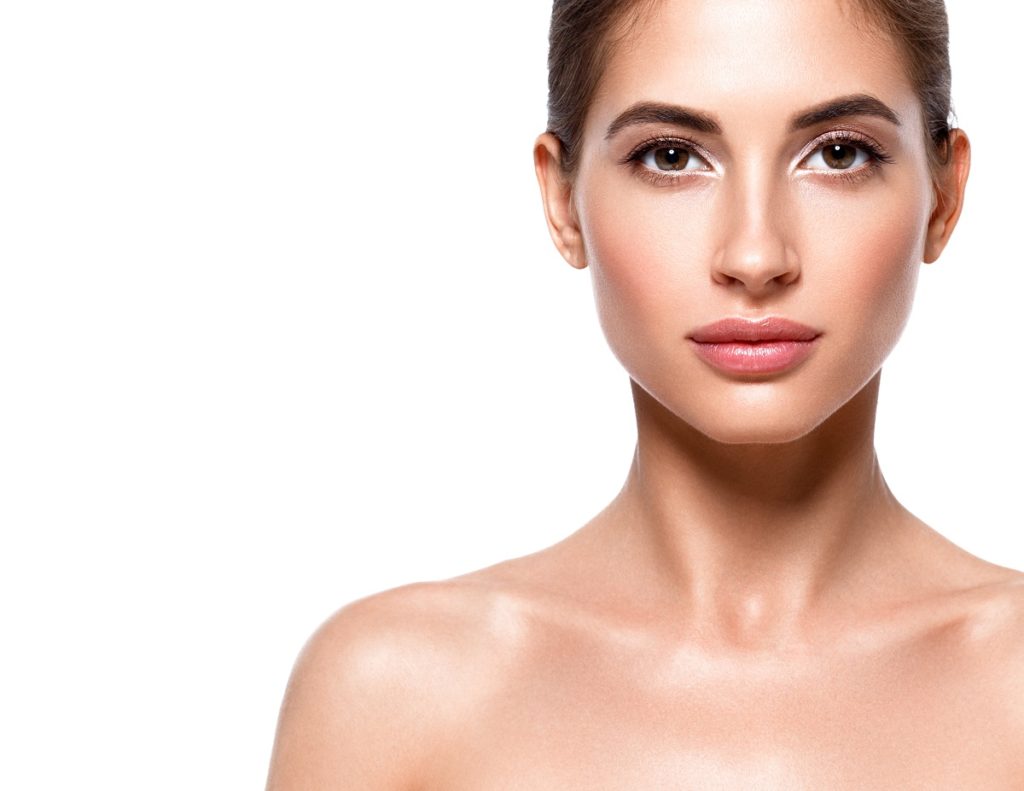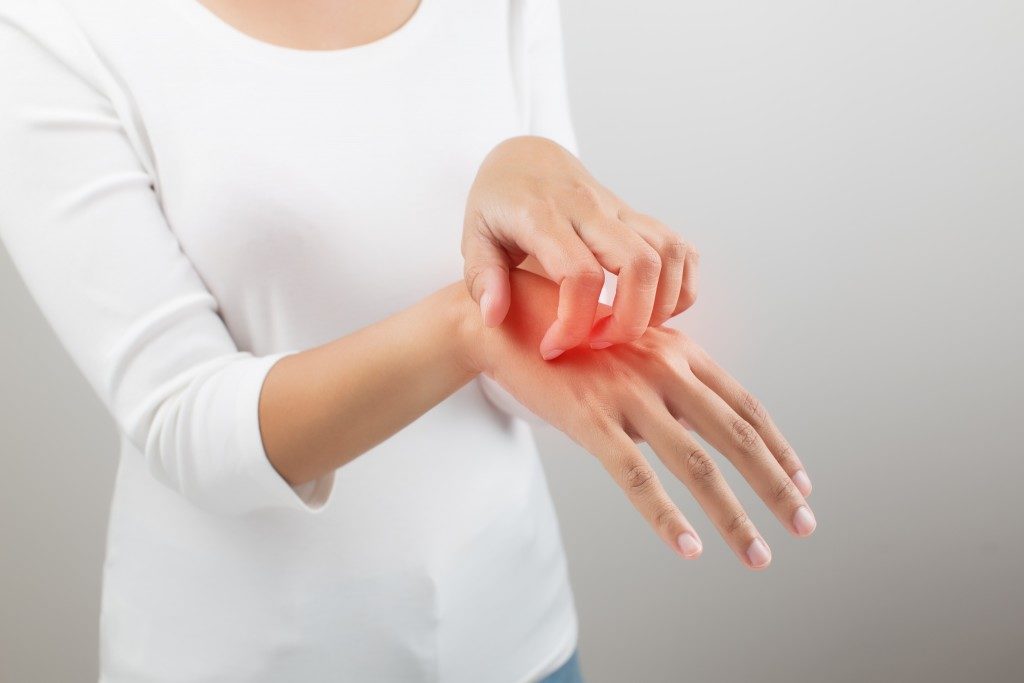It’s distressing enough to have pimples, but to have to deal with dark marks and scars afterward? It’s yet another aggravation. Even people who aren’t so meticulous about their appearance would be bothered by the visible imperfection. Facial dark spots are unsightly, and others could easily mistake them for stubborn dirt or aging spots.
Unsurprisingly, many prefer to spend on skincare essentials than endure the staring and inquisitive remarks from prying friends and family. As with all other bodily issues, however, prevention is better than cure. Find out how dark spots come about so prevention will come naturally.
The Culprits
Pimples aren’t the only causes of dark spots. They can also appear because of hyperpigmentation. It occurs when melanin, the natural pigmentation responsible for the color of our skin, produces visible melanosome deposits on the skin.
The increase in melanin production is often due to two things.
Sun Exposure
Melanin protects the skin from overexposure to the sun’s ultraviolet rays. It absorbs the harmful energy to prevent skin cancer, but it darkens as a result. Areas that are hyperpigmented end up looking more tan than the rest, resulting in freckles and “liver” spots. Unfortunately, these dark spots usually appear on the face, neck, and hands — visible areas that are frequently exposed to the sun.
Skin Injury
Wounds form scabs, a scaly covering that protects the cut, keeping out dirt and bacteria as the cut heals. While some wounds don’t form scars, they could leave behind dark spots. Dermatologists refer to discoloration resulting from an inflammatory skin injury as Post-Inflammatory Hyperpigmentation (PIH).
PIH occurs because the skin increases its production of melanin when it becomes inflamed. Sunburns and acne are examples of inflammatory skin injuries that lead to PIH. Allergic reactions from topical creams ending up as rashes or lesions can also have the same outcome.
Treatment and Remedies

By learning the causes of hyperpigmentation, people will also know what things and activities to avoid.
The first rule of avoiding hyperpigmentation is to protect the skin. Besides lathering lotion with a high SPF, avoid direct sunlight exposure at all costs. Use umbrellas or stay in shaded paths if it’s necessary to step outside. Remember, too, that the sun is at its peak at around noon, and that UV rays are the strongest between 10:00 AM to 4:00 PM.
Other prevention measures include:
- Use moisturizing products that help maintain the skin’s health and elasticity. Elastic skin is less likely to succumb to impact and form wounds and lesions.
- Avoid using skin care products with harsh chemicals and synthetic ingredients that could trigger allergies.
To treat hyperpigmentation, use topical creams with retinoids and 2% hydroquinone (the acceptable limit in the U.S.). Consult a dermatologist regarding cleansing and brightening skin care products with essential oil and organic infusions.
Cosmetic procedures can also reverse hyperpigmentation.
- Microdermabrasion – Gently produces superficial scarring to remove dead skin cells on the skin’s surface, rejuvenating and brightening the treated area.
- Chemical Peel – Removes layers of the epidermis to reduce skin darkening and encourage the growth of new and healthy skin cells.
- Laser Peel – A procedure for more isolated skin peeling.
Young people relish a day under the sun going to the beach, exploring nature, and so forth. Many turn a blind eye to what older adults already know: a day of neglect and excessive activity under the sun can result in or undo months of skin treatment.
Caring for the skin today pays off in the long run, however. More than having a fair and even complexion, avoiding hyperpigmentation can make people look younger than they are.



